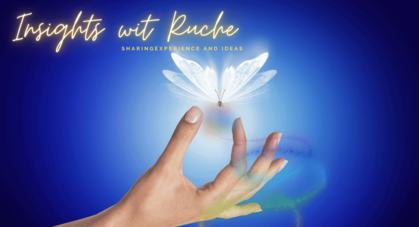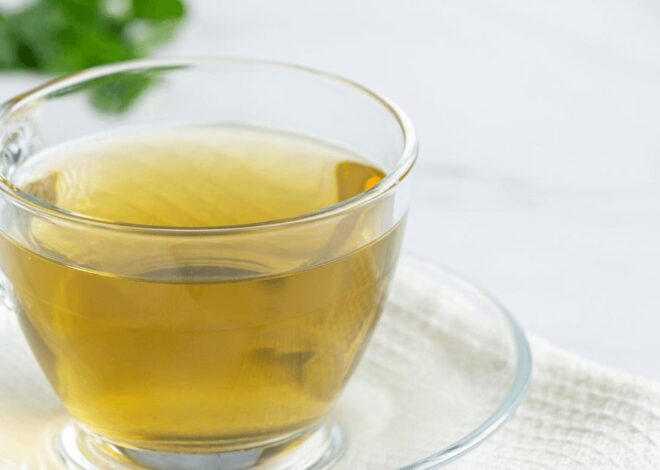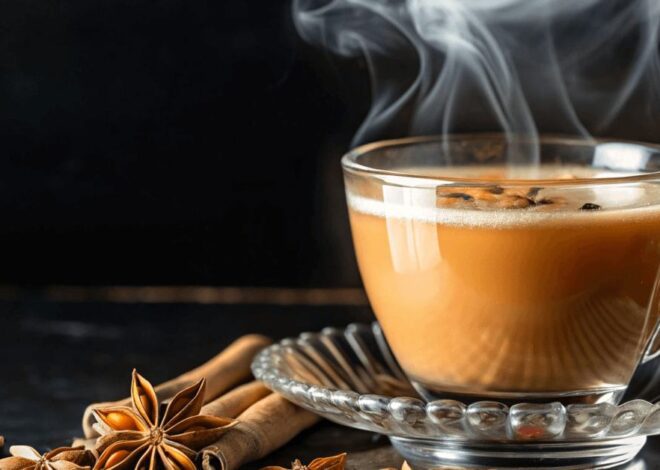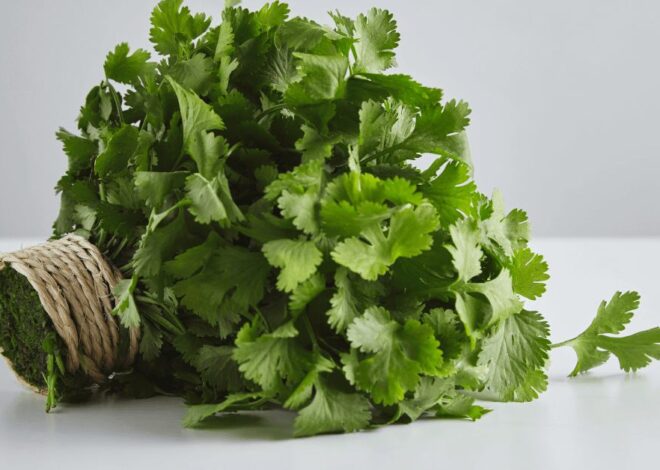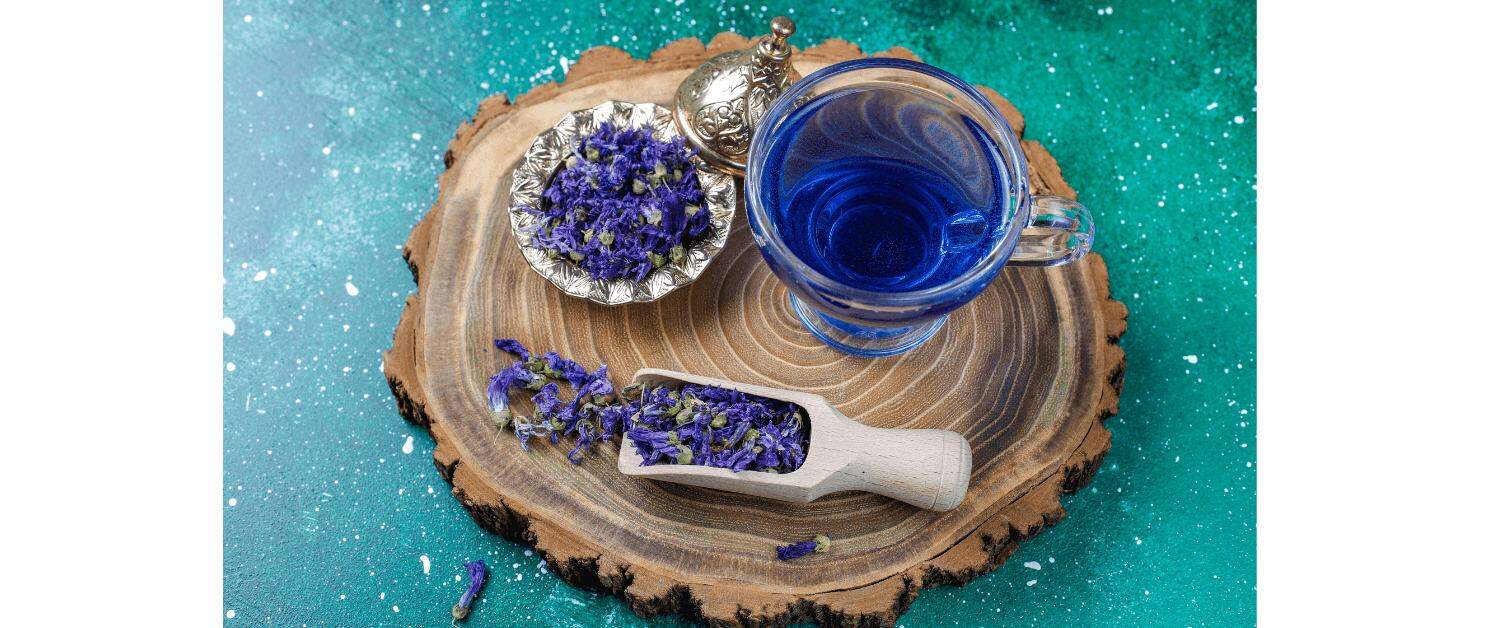
A Complete Guide to Blue Tea/Butterfly Pea Flower Tea
Blue tea, also known as butterfly pea flower tea, is a vibrant, caffeine-free herbal infusion that is quickly becoming a wellness favorite. Derived from the Clitoria Ternatea plant, this tea is not only visually stunning but also packed with antioxidants and health-boosting compounds. Whether you are sipping it for its calming effects or its skin-enhancing properties, understanding how to make blue tea and when to drink it can elevate your wellness routine.This blog serves as a comprehensive guide to blue tea,exploring its origins, health benefits, brewing methods, and potential side effects.
What Is Blue Tea?
Blue tea is made by steeping dried butterfly pea flowers in hot water. The result? A mesmerizing, deep blue brew that changes color with a splash of lemon juice, turning purple due to its pH sensitivity. Unlike traditional teas, it is a “Tisane” meaning it is made from flowers rather than tea leaves.
Where Is Blue Tea Produced?
Originally from Southeast Asia, blue tea is widely cultivated in Thailand, Vietnam, and Malaysia. In recent years, India has emerged as a major producer, especially in regions like Assam, West Bengal, and parts of Southern India, where the tropical climate supports the growth of butterfly pea plants.
Where Is Blue Tea Consumed the Most?
Blue tea is primarily consumed in Thailand and Vietnam, where it is often served in spas or as a post-meal digestive. However, its popularity is spreading globally, especially among health-conscious consumers in the U.S., Europe, and India.
How to Make Blue Tea the Right Way
Making blue tea the right way isn’t just about achieving the perfect hue, it is the key to unlocking its full spectrum of flavor, aroma, and health benefits.
Ingredients Required:
-
- 5–6 dried butterfly pea flowers
- 1 cup hot water (not boiling)
- Lemon juice, honey, mint, or ginger (optional)
Steps:
-
- Add the flowers to hot water and steep for 5–7 minutes.
- Strain and enjoy as is, or add lemon juice for a purple hue.
- Serve hot or chilled over ice.
Avoid boiling water, as it can damage the delicate compounds in the flowers.
Best Time to Consume Blue Tea
The best time to consume blue tea is in the evening or after the meal, due to its calming and digestive properties. It is also a great caffeine-free alternative to wind down before bed.
Health Benefits of Blue Tea
-
- Some studies suggest that this tea contains L-theanine ((an amino acid found primarily in green and black tea and some mushrooms), which promotes focus, reduces stress, and boosts brain functions.
- It acts as a natural diuretic and metabolism booster, supporting weight loss.
- Packed with antioxidants, it supports healthy skin while helping combat signs of aging and inflammation.
- Regular consumption can help stabilize glucose levels.
- Reduces oxidative stress and inflammation and can promote heart health.
Who Should Avoid Blue Tea?
While generally safe, pregnant or breastfeeding women, and individuals on blood-thinning medications or allergies should consult a doctor before consuming blue tea. Its blood sugar-lowering effects may also interfere with diabetes medications.
How Much Blue Tea Is Safe?
A moderate intake of 1–2 cups per day is ideal. Overconsumption may lead to:
-
- Nausea or upset stomach
- Excessive diuretic effects
- Possible interference with medications
Final Thoughts
From its stunning color to its impressive health perks, blue tea is more than just a pretty drink. Whether you are looking to boost brain function, support weight loss, or simply enjoy a relaxing herbal brew, this tea deserves a spot in your daily routine. Just remember, that moderation is key, and quality matters.
